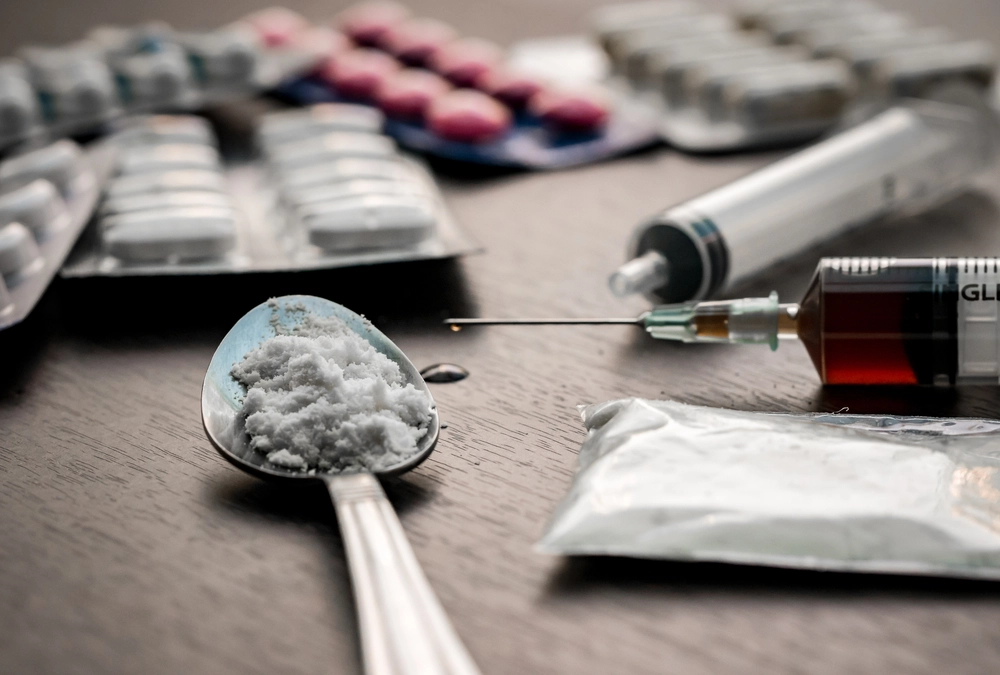
injectaion & Tablet De Addiction
De-addiction from injections and tablets typically involves overcoming physical and psychological dependence on medications or substances that are taken orally or through injections. The approach to de-addiction can vary depending on the substance involved, but the overall goal is to help individuals safely withdraw from the substance and address the underlying issues contributing to the addiction. Here’s a detailed guide on how to approach de-addiction for injections (e.g., opioids) and tablets (e.g., benzodiazepines, prescription painkillers):
1. Understanding the Substances
Injection-Based Substances:
- Opioids: Includes drugs like heroin, morphine, and certain prescription painkillers administered via injection.
- Stimulants: Includes substances like cocaine and methamphetamine, which can be injected.
- Other Injectables: Some medications or illicit drugs may be administered through injection.
Tablet-Based Substances:
- Prescription Painkillers: Includes opioids like oxycodone, hydrocodone, or fentanyl, commonly prescribed for pain but potentially addictive.
- Benzodiazepines: Includes drugs like Xanax, Valium, or Ativan, prescribed for anxiety or insomnia but can lead to dependence.
- Stimulants: Includes medications for ADHD such as Adderall or Ritalin, which can be misused and lead to addiction.
